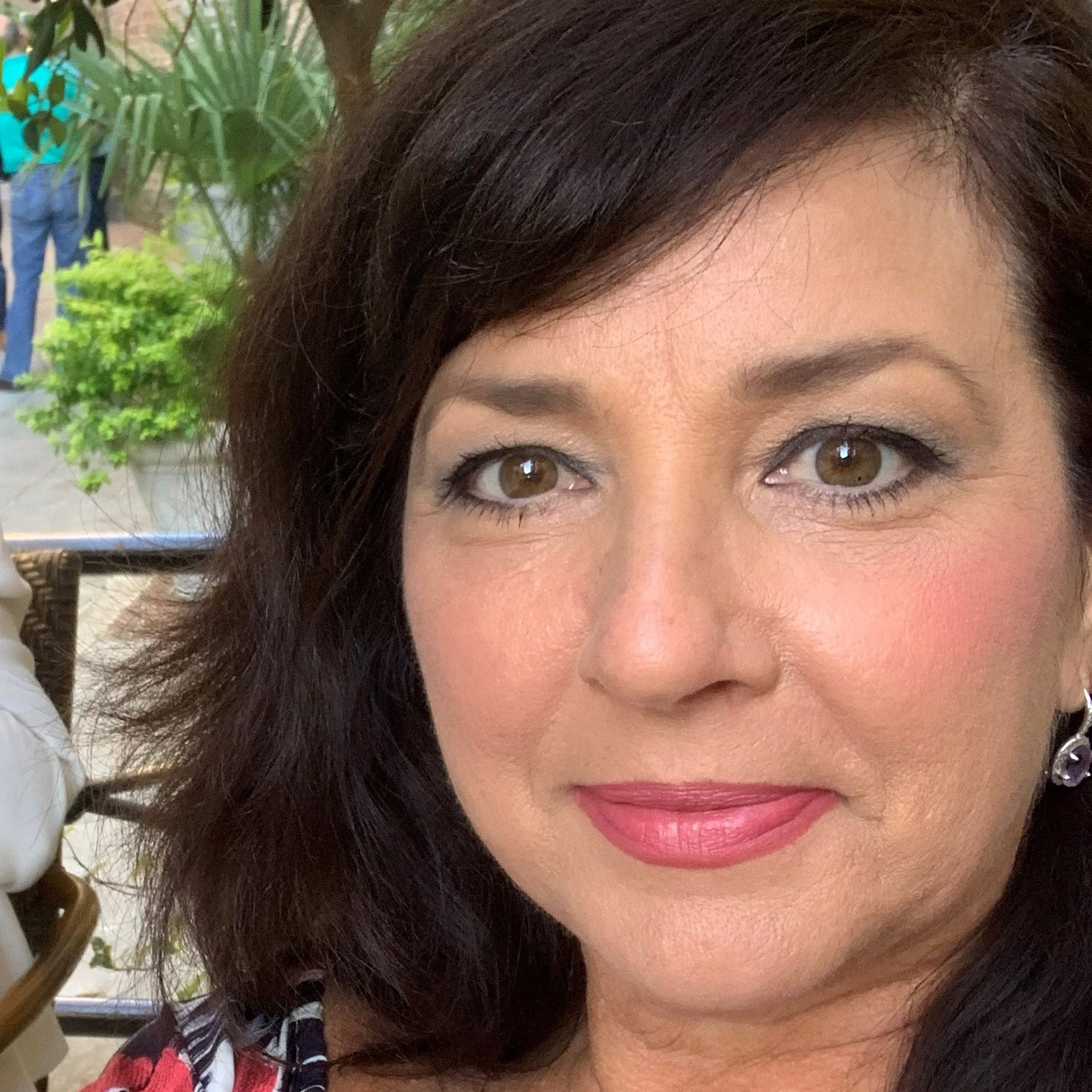Enterprise Fundraising Organizations Are Gaining a Competitive Edge with AI and Blackbaud CRM

The most successful fundraising operations don’t view AI as an opportunity for the future; they view it as a force multiplier here and now. A leading group of enterprise fundraising organizations is already gaining a competitive edge by leveraging AI tools with the Blackbaud Enterprise Fundraising CRM™ platform. This group includes three prominent innovators in the industry:
- Alex Kochiss, Save the Children, Managing Director of Enterprise and Solution Architecture
- Dwight Dozier, Georgia Tech Foundation, CIO
- Mary Vega, University of Arizona Foundation, Vice President and CIO
In a panel discussion at bbcon 2025 in Philadelphia, joined by Sunil Albert, Director of Customer Success, Software and Digital Platform at Microsoft, and Neena Gupta Needel, Blackbaud’s Head of Product for Donor Management, the three innovators shared their real-world experience adopting responsible AI early in the game. They discussed how AI is transforming their major gifts programs and delivering exceptional donor experiences, fueled by Blackbaud Enterprise Fundraising CRM. Here, we share a sampling of their collective wisdom.
Leadership Must Set the Vision for AI Adoption
When it was released in the fall of 2022, the buzz around ChatGPT was instant, and not all of it positive. Some organizations wanted to block the site immediately because they didn’t trust it and couldn’t predict how it might be misused.
But Vega said leaders with vision had an entirely different response to the launch, like her boss, the CEO of the University of Arizona Foundation.
“He turned to look at me and said, ‘I want you to figure out how AI can actually help us do our jobs better.’ He just opened the door for me,” she said.
Vega considered the options, focusing mostly on operational applications for fundraising, such as gaining a deeper understanding of their donors. When a new university president took the reins, one with big ideas for AI, Vega said the runway was clear to be truly innovative.
“This speaks to what needs to happen in the advancement space,” she said. “We have to figure out how to not only use the data, but also the technology because there is a lot of ground to cover in fundraising. AI is really going to help us on that journey. If leadership is making these shifts possible for us to layer on the technology, we are going to be successful.”
Adopt New AI Tools Responsibly
No matter how enthusiastic leadership may be about AI, large-scale fundraising organizations cannot effectively deploy these tools without a game plan for responsible AI. Every application must provide real benefit to your enterprise with the utmost security for stakeholders.
Blackbaud Institute researchers found that while 80% of fundraisers are already using AI in their day-to-day work, 96% of them have concerns about inaccurate output, misinformation, and data security. Policy development lags adoption—only 14% of organizations in the United States have an AI policy in place.
“For an organization like Save the Children, from a donor’s standpoint, we have a responsibility to store and use donor data in a secure, reliable, and transparent way,” Kochiss said.
Save the Children was awarded the Changemaker Award from Blackbaud for reimagining the framework for its century-old child sponsorship model to a new recurring giving program called “Team Tomorrow.” Storing sensitive child information was a growing compliance concern so they executed on a responsible plan for a modern, flexible system. At its center is Blackbaud Enterprise Fundraising CRM. The plan is designed to ensure sustainability, operational efficiency, and innovation.
Establishing an ethical framework for AI that enhances your work without compromising your values does not mean your organization has to pump the brakes on experimentation. Quite the contrary. A responsible AI policy helps ensure data quality for testing of new projects. It allows your team to comply with regulations. It frees them to work confidently on AI applications for the benefit of your specific mission.
“The speed of innovation is helped where there are guardrails and governance in place,” Needel said.
Train Everyone and Find Your AI Champions Among Them
Since many AI tools are low-code or no-code and are designed for natural language, AI presents relatively low barriers to adoption. But that does not mean enterprise organizations can skip training.
“We all need to be doing a good job of educating people on how to start using what we’re putting in front of them,” Vega said. “If we don’t do that now, they’re going to be left behind. And we’ll get even more resistance.”
AI training should be continuous. No one-and-done tutorials if you expect fundraisers to get the most from your CRM.
Vega also recommends cultivating AI champions as part of your change management process.
“Innovators really drive this kind of big change, helping people understand the value of it and encouraging them so they want to be a part of it.”
Use AI for Smarter Major Donor Targeting and Engagement
Because it can analyze massive data sets almost instantaneously, AI is particularly well suited for the complexities of major gift fundraising. Blackbaud AI is focused on the specific needs of the fundraising community, including major gift officers. AI capabilities allow enterprise organizations to create personalized cultivation plans for major donors and integrate insights across business offices.
What AI can’t do is replace relationships. At Save the Children, Kochiss said, AI is not used to fundraise on his team’s behalf; it is used to allow his major gift officers to do a better job of fundraising.
“That means deeper personalization. It gives major gift officers more time to really engage and meet people where they are. It can tie people together to the cause and can highlight details that have been missed.”
Look for Efficiency Wins with AI
All three innovators encouraged enterprise organizations to explore ways AI can streamline workflows and eliminate errors.
Dozier’s team at Georgia Tech Foundation recently won the Futurist Award from Blackbaud in recognition of its centralized self-service donor portal. It provides all university donors real-time access to giving history and profile updates. It was developed entirely in-house in just six months using the Foundation’s existing Blackbaud Enterprise Fundraising CRM, enhanced by Power BI from Microsoft. The portal launched last fall and has already reduced manual data entry time by 30–40%.
“This is just the starting place right now,” Dozier said. “We plan for the portal to really be our donor’s home base. It’s a repository of their own data. Giving them access provides trust and gives them valuable information on the other side of their giving.”
Stop Hesitating—Launch!
Enterprise organizations tend to spend a great deal of time experimenting but get very few projects in production. Putting too much energy into process, control, and perfection up front can throttle innovation and can also be an impediment to getting useful tools into the hands of your fundraising team.
“Give users the tools, the sandbox, the ability to innovate quickly—while you maintain governance and security,” said Albert of Microsoft. “You must focus on those things in the center, but I believe the rest of it falls into place when you give people flexibility on the edges. Get to pilots very quickly.”
Albert said what’s next in AI is not necessarily coming from the Microsofts of the world. It’s coming from someone tinkering in the garage. When you launch the tools and let your team tinker, you’re one step ahead of the competition.
“That first-floor advantage becomes even more critical today,” he said, “because the speed with which innovation is accelerating is something we have not seen before.”
AI Is Already a Force Multiplier in the Giving Economy
AI offers enterprise organizations a competitive advantage now, Needel said, and it is definitely the future of fundraising.
“It will power a lot of what the giving economy will be. It won’t supplant everything that was there before, but AI is a force multiplier, a way for us to really be the solution that adds the next level of productivity and efficiency to fundraising.”
Dozier agreed but emphasized that AI is simply a tool.
“The end objective is not just AI; it’s the outcomes of AI. We want it for the advantage it will give to our project and to our mission.”



